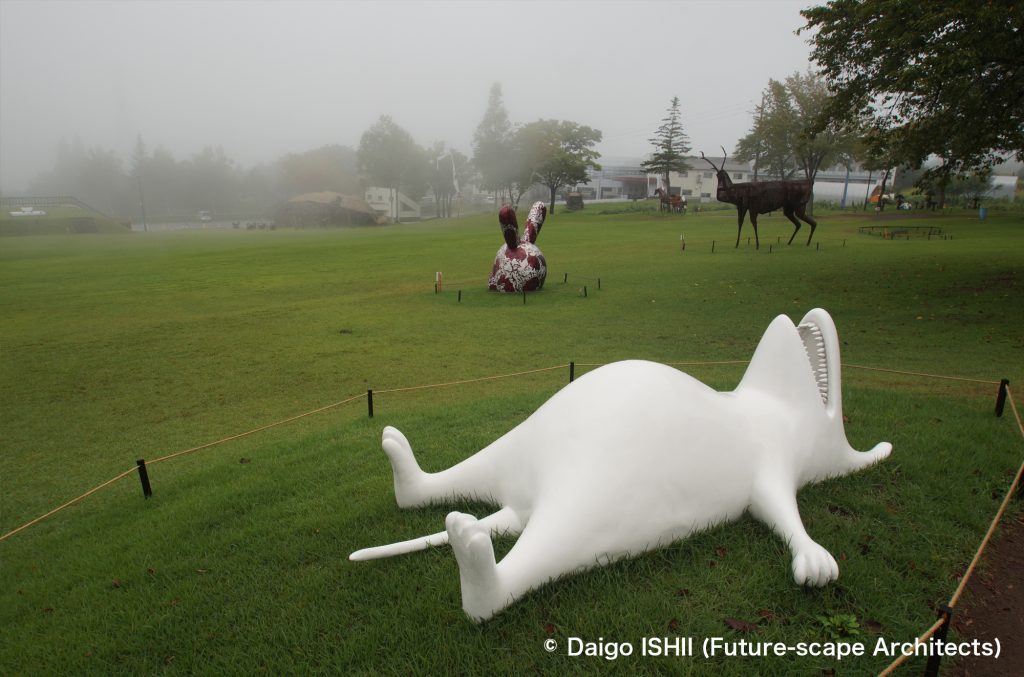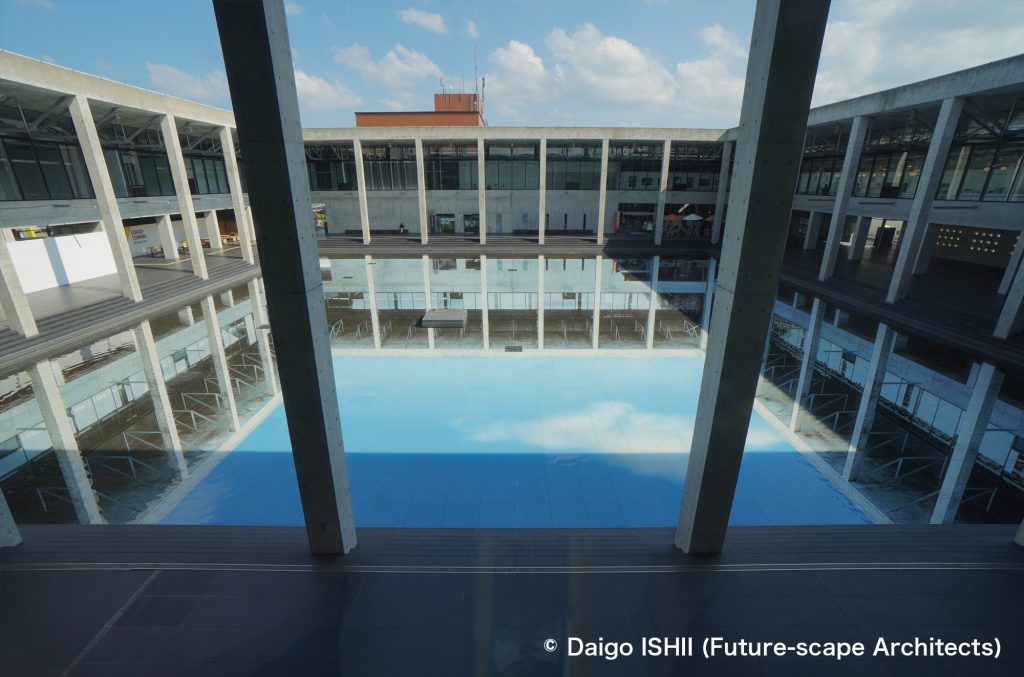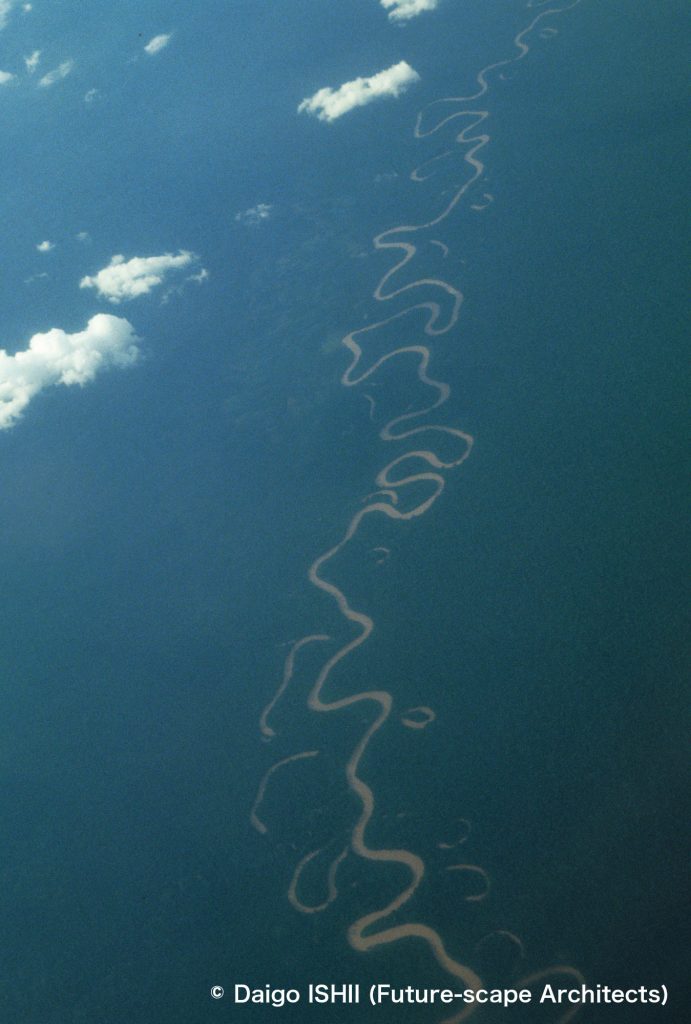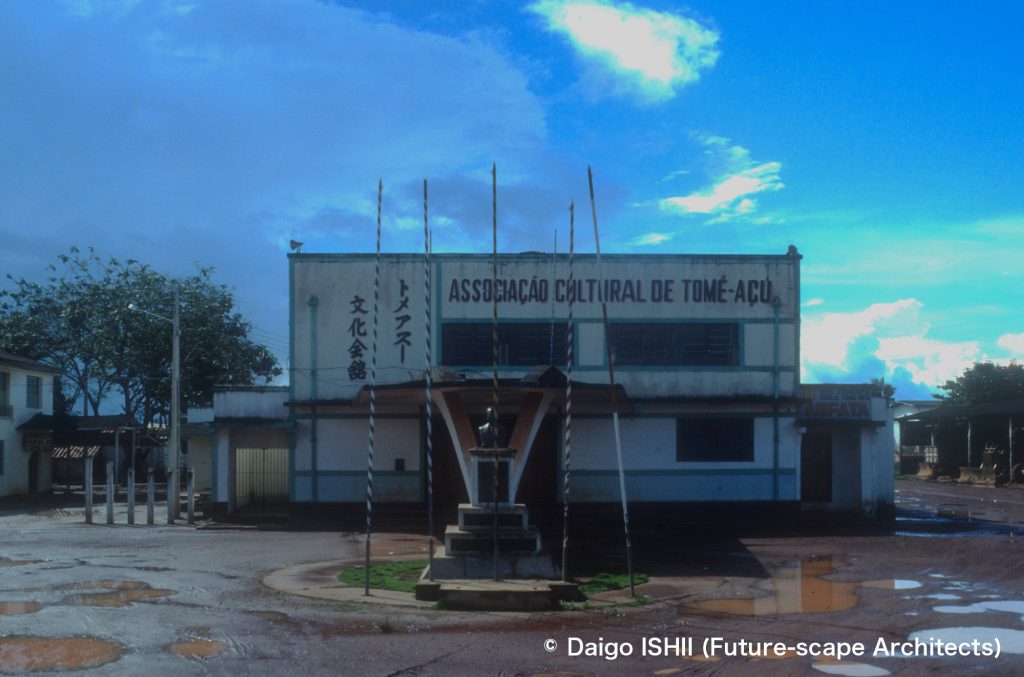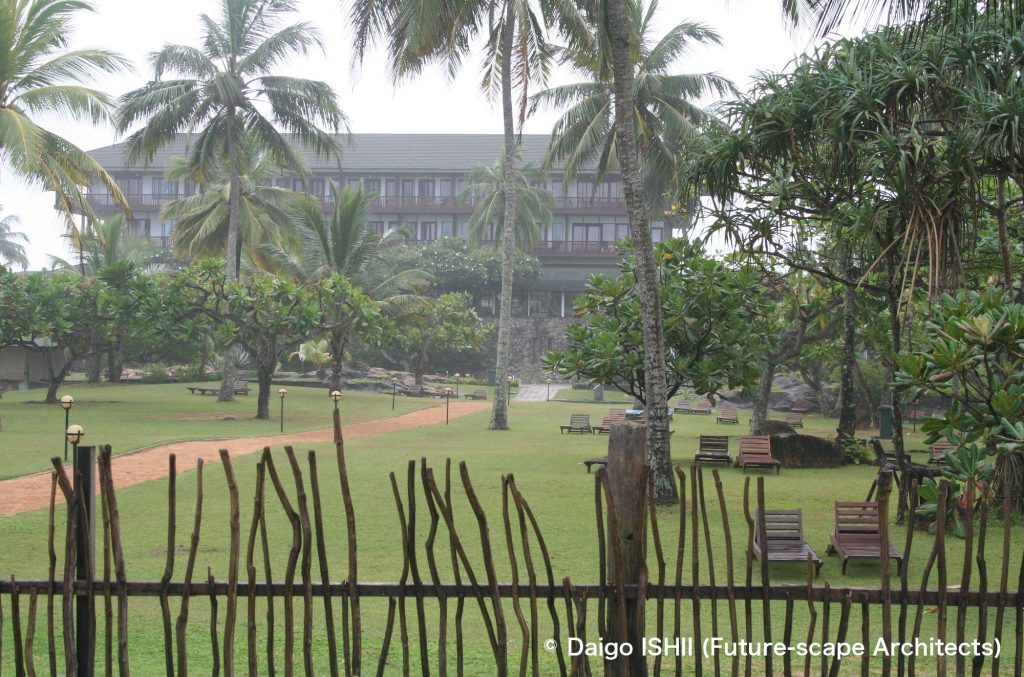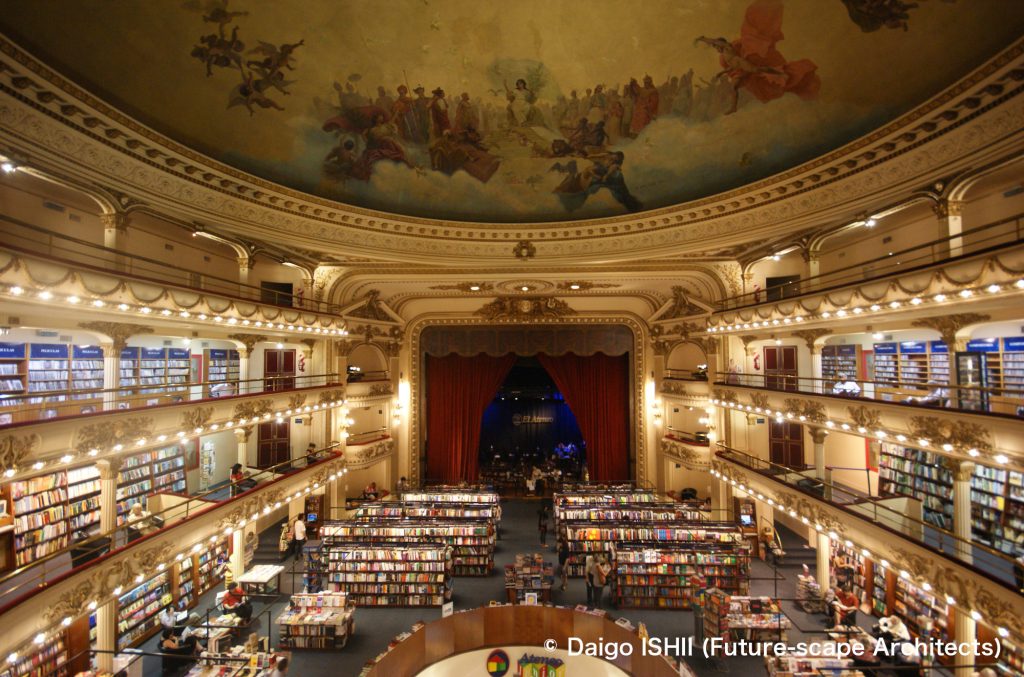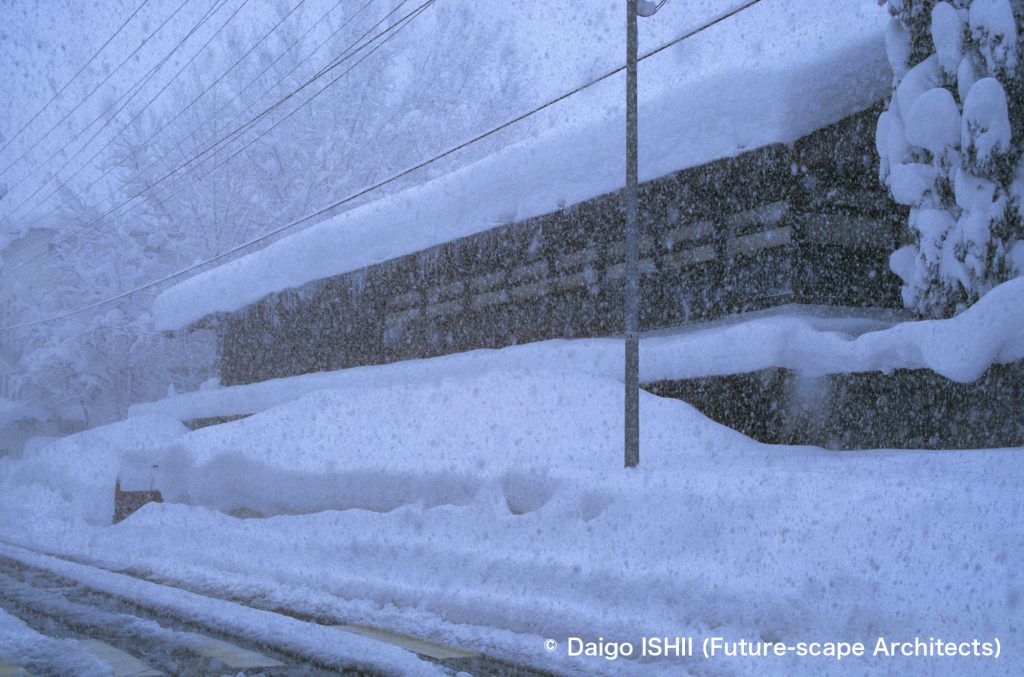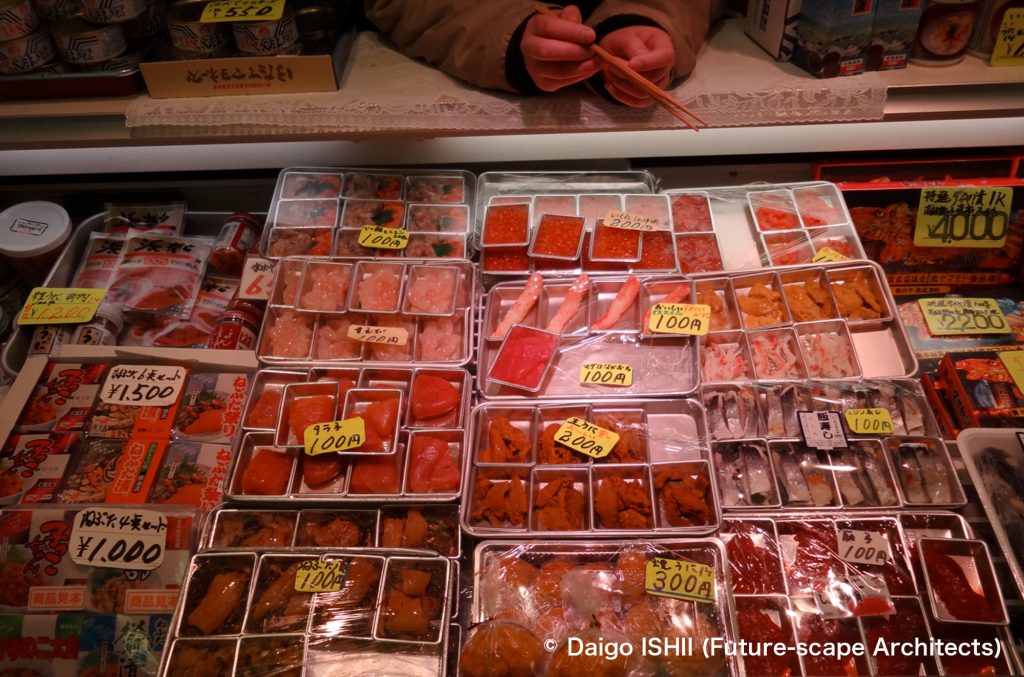アマゾン河に面したコロンビア領の街レティシアと、国境を介して連担しているのが、ブラジル領のタバチンガ。
The Colombian town of Leticia, which faced the Amazon River, and the Brazilian town of Tabatinga were continuous across the border.
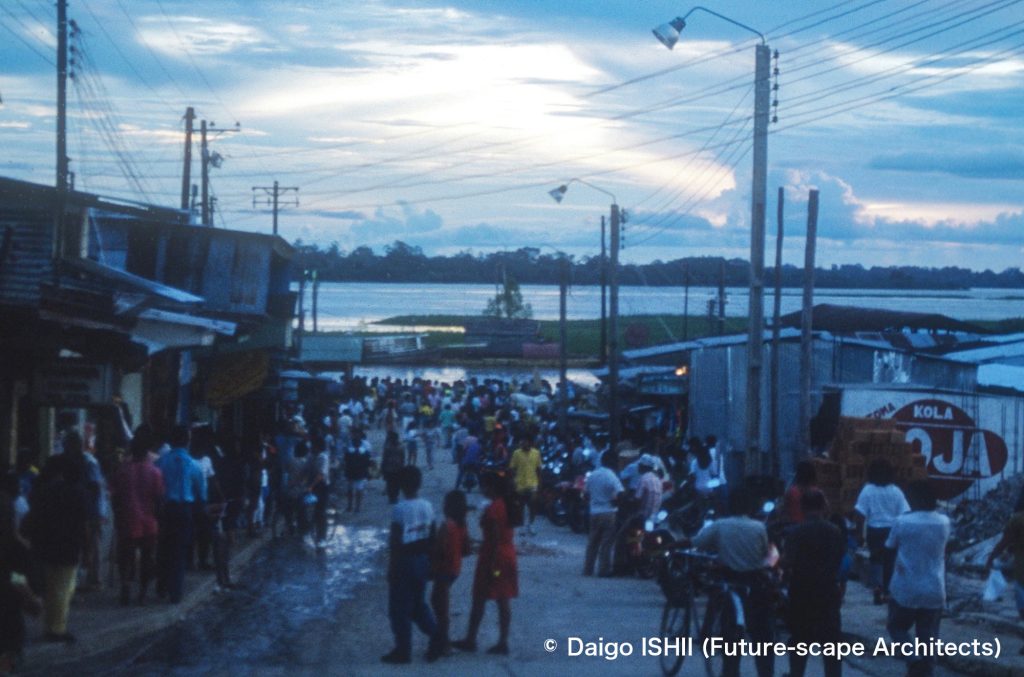
See the Amazon river and the fishing port from the town of Leticia.
https://goo.gl/maps/4eHehTe7PNFvAPKf6
レティシアとタバチンガは、アマゾン河を航行する船の乗換地。陸路はなく、ジャングルに囲まれた小さな場所のため、犯罪の心配も少なく、国境は気付かないうちに通り過ぎるぐらい通行自由。
そんな隔てのないエリアなのに、コロンビア側からブラジル側に入ると、明らかに雰囲気が変わりました。街並みは、こころなしか大味に、低密度になり、道幅も太くなります。アフリカ系の血がかなり濃い容姿の人々が増えて、彼らの間には、黒い肌に金髪の人々が結構います。人種の混交がかなり進んでいるラテンアメリカでも、コロンビアを含む、スペインが統治した地域とはかなり違う様相。ポルトガル支配のブラジル地域では、アフリカ大陸から連行した黒人を奴隷にしたのに対して、スペインの植民地では、アンデスの先住民を奴隷にした違いもあります。植民地時代が終わり、簡単に行き来できる状況になっても、国境とは、強く社会を隔て続けるものと実感しました。
レティシアの郊外の森では、先住民が、ふつうに伝統的住居で暮らしていました。華奢な木の幹を組んだ大空間に入ると、風を通す隙間から光が差し込み、木漏れ日にあふれたアマゾンの森の中のよう。涼しくて気持ちいい。30分ほど歩けば、陸の孤島ながら、文明の商品にあふれた街があり、近代的だが熱帯気候に向かない煉瓦の建物も多く並んでいます。そんな街と、先住民の彼らは、接触がない訳ではないけれど、この家を訪れると、必要以上に文明に巻き込まれず生きているというか、生きて来た彼らの姿勢が読み取れました。
ポルトガル人やスペイン人が勝手に来て、森を開いたのは、彼らの望むところでもなく、国境もまた、彼らの生活とは関係なく定められた、どうでもいい不必要で不快なもの。
Leticia and Tabatinga were a transfer point for ships navigating the Amazon river. Both had no land route. Since the towns surrounded by jungle were small, there was little concern about crime. So the border was so free as to pass by without even noticing it.
Though both towns connected without boundaries, the atmosphere changed when I entered from the Colombian side to the Brazilian side. The townscape became less dense, and the streets became thicker. There were a considerable number of people with African blood. Quite a few people had dark skin and blond hair. Although racial mixing is quite advanced in Latin American countries, the state of the Brazilian side looked quite different from the areas ruled by Spain, including Colombia. Under the slavery system in Brazil ruled by Portugal, black African people were taken from the African continent. Meanwhile, Spanish colonies enslaved indigenous people of the Andes. I realized that borders continued to divide societies strongly even when they became easy to come and go after the colonial era had ended.
In the forest on the outskirts of Leticia, indigenous people usually lived in traditional houses. When I entered a large house made up of slender tree trunks, I felt like I was in the Amazon forest filled with sunshine filtering through the trees, with light coming through the gaps that allowed the wind to pass through. It was cool and comfortable. Here was an isolated area, but it was a 30 minutes walk to the town full of products of civilization and lined with many brick buildings that were modern but not matched for tropical climates. The indigenous people didn't necessarily get in contact with such a town. But, in this house, I took in their attitude that they lived without being involved in civilization more than necessary.
The Portuguese and Spaniards selfishly came there and cleared forests. That was not what the indigenous people wished. For them, borders, which invaders established, are irrelevant, unnecessary and unpleasant lines that have nothing to do with their lives.
レティシア付近のアマゾン河 / Amazon river near Leticia

See the Amazon river near Leticia from the air.
https://goo.gl/maps/aESThQ6t95HWDmYM7
レティシアとタバチンガの街 / Towns of Leticia and Tabatinga
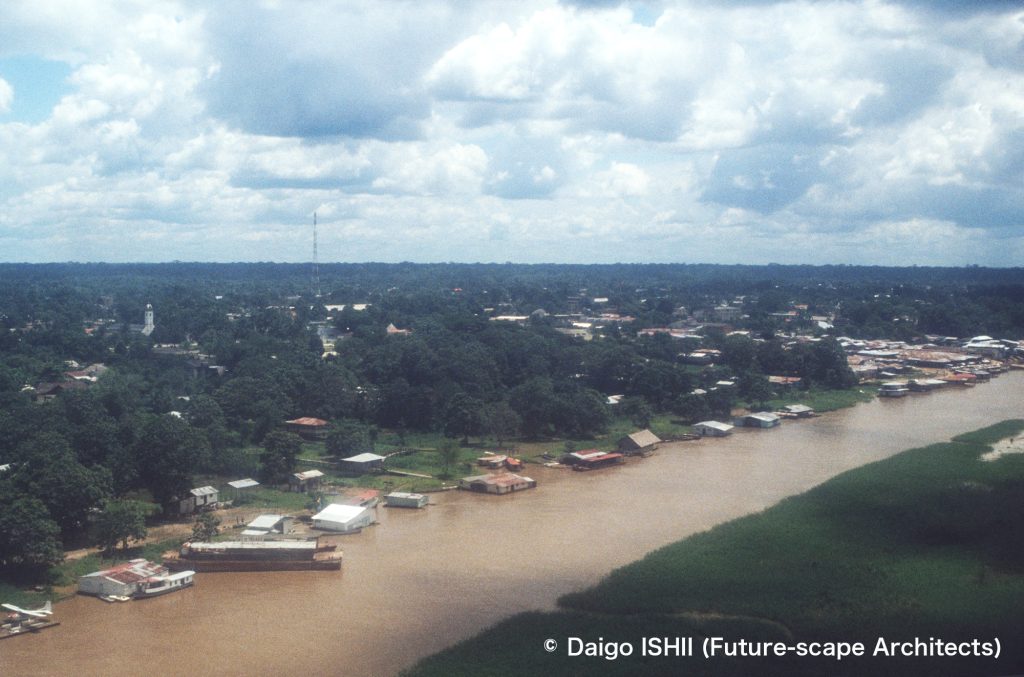
See the town of Leticia from the air.
https://goo.gl/maps/4eHehTe7PNFvAPKf6

See the port of Tabatinga facing the Amazon river.
https://goo.gl/maps/sizUdCz7goR165sd6
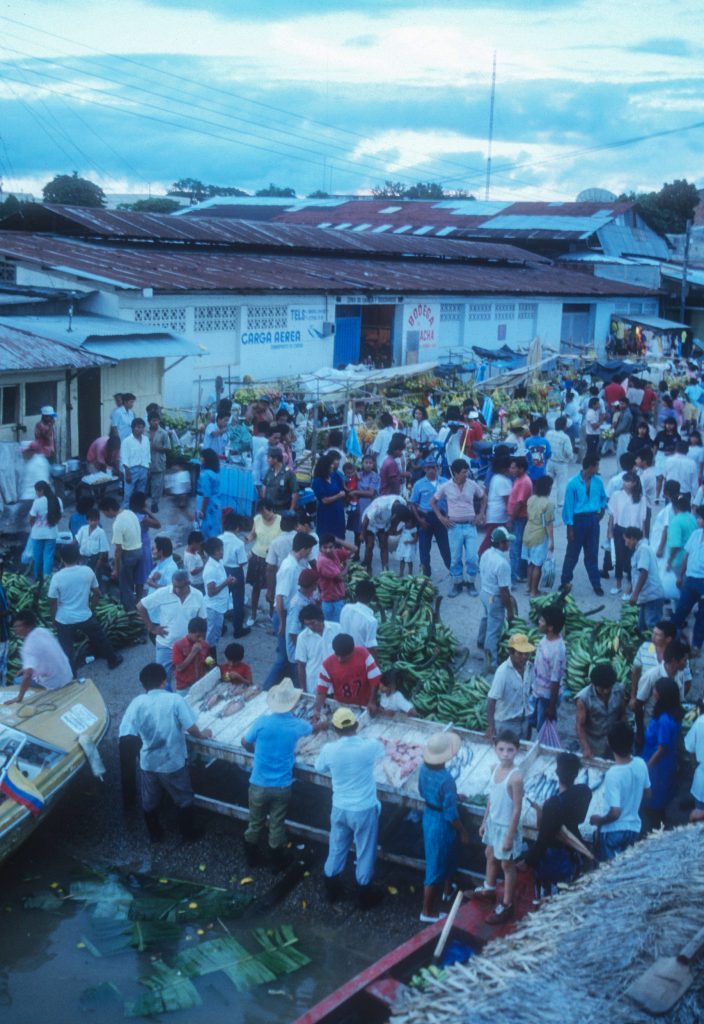
See the fish market near the fishing port of Leticia.
https://goo.gl/maps/cfMYWoWCCGoBGxPi7
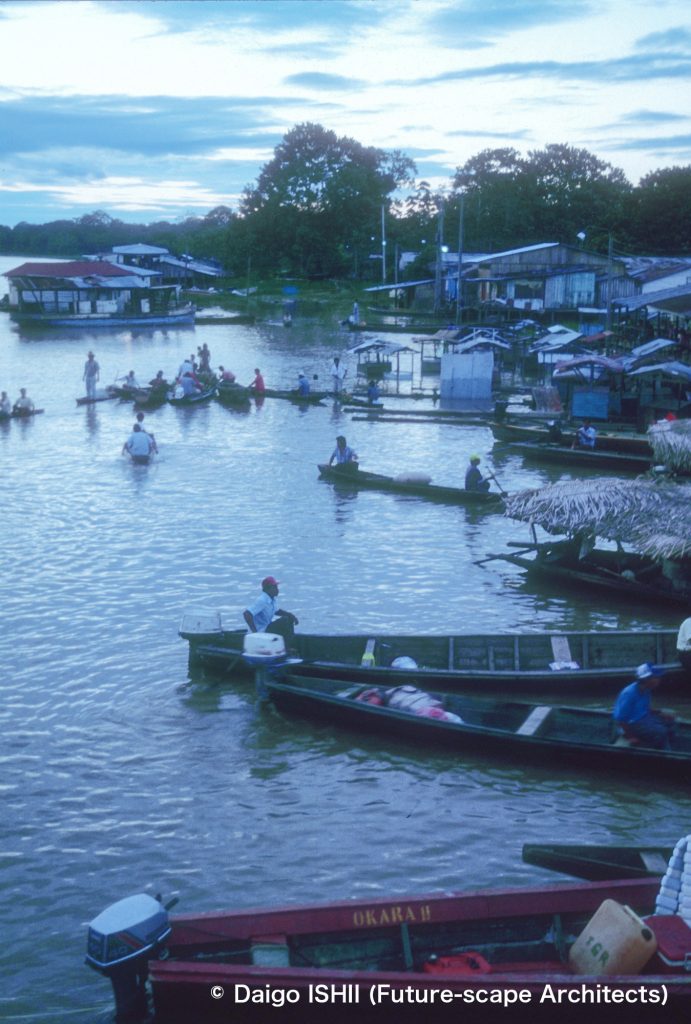
See the fishing port of Leticia.
https://goo.gl/maps/cfMYWoWCCGoBGxPi7
先住民の家 / Indigenous house
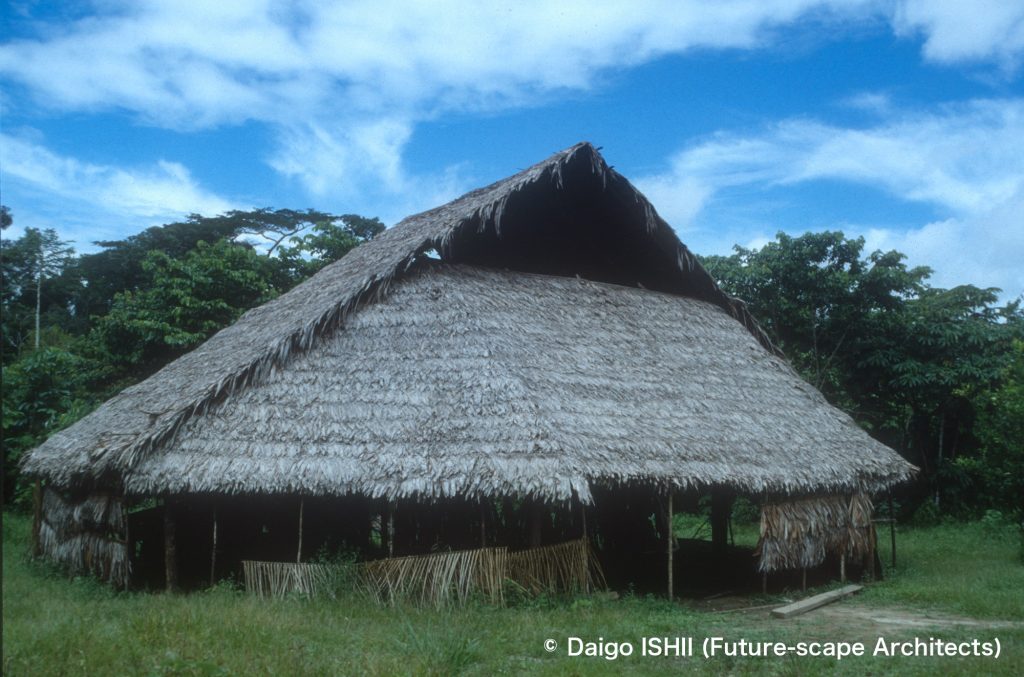
See an indigenous house in the forest near the town of Leticia.
https://goo.gl/maps/f3xpiKi3bV2XUDng7
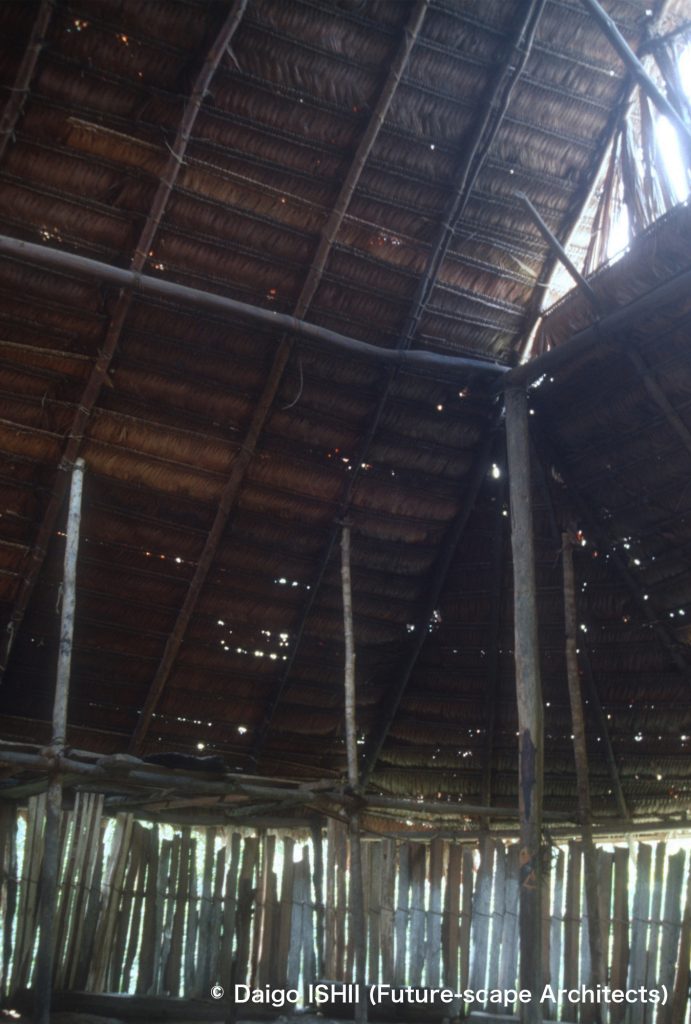
See the interior of an indigenous house in the forest near the town of Leticia.
https://goo.gl/maps/f3xpiKi3bV2XUDng7
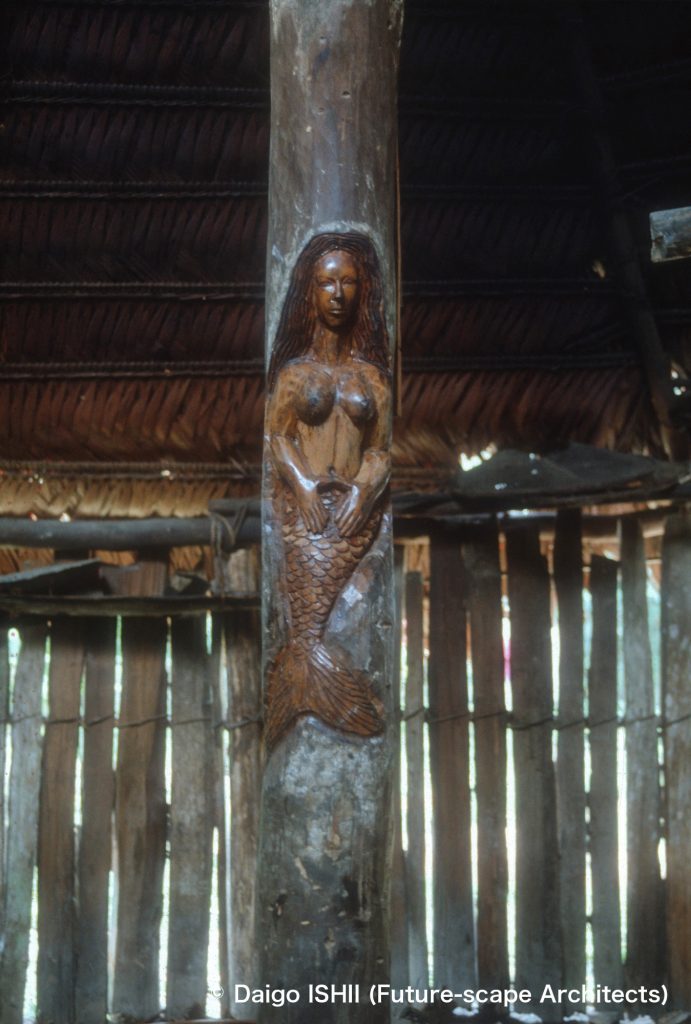
See the carved statues on a pillar in the interior of an indigenous house.
https://goo.gl/maps/f3xpiKi3bV2XUDng7
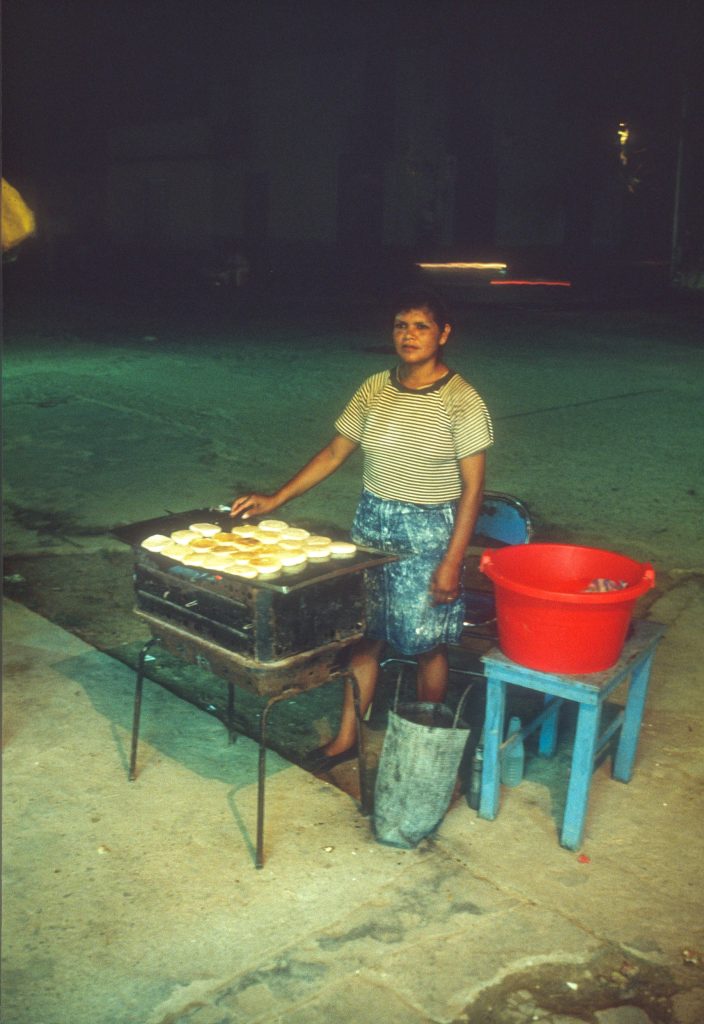
See an Arepa sales at a stall in Leticia. Arepas, eaten in the Caribbean, are bread made from corn flour. I didn't think it was delicious, but this was an excellent dish, and unlike other arepas that were hard, it had a semi-raw texture. Stalls are not to be underestimated.
ご感想はこちらへ / Click here for your impressions
参考文献 / reference
Wikipedia
写真の無断使用、転用はご遠慮下さい。/ Please do not use or upload our photos without permission.
